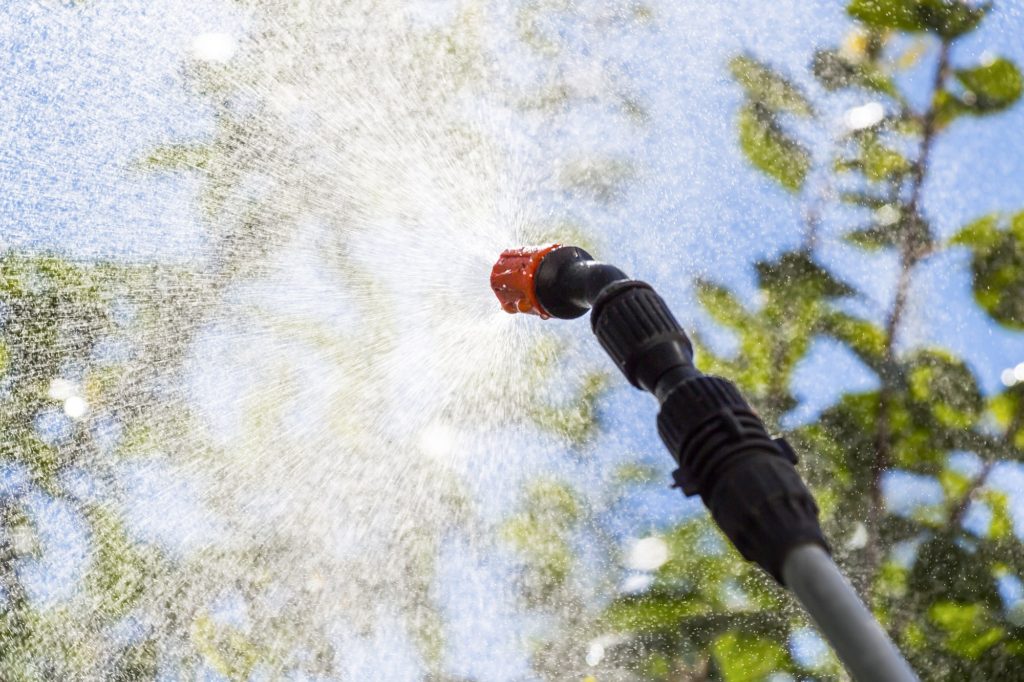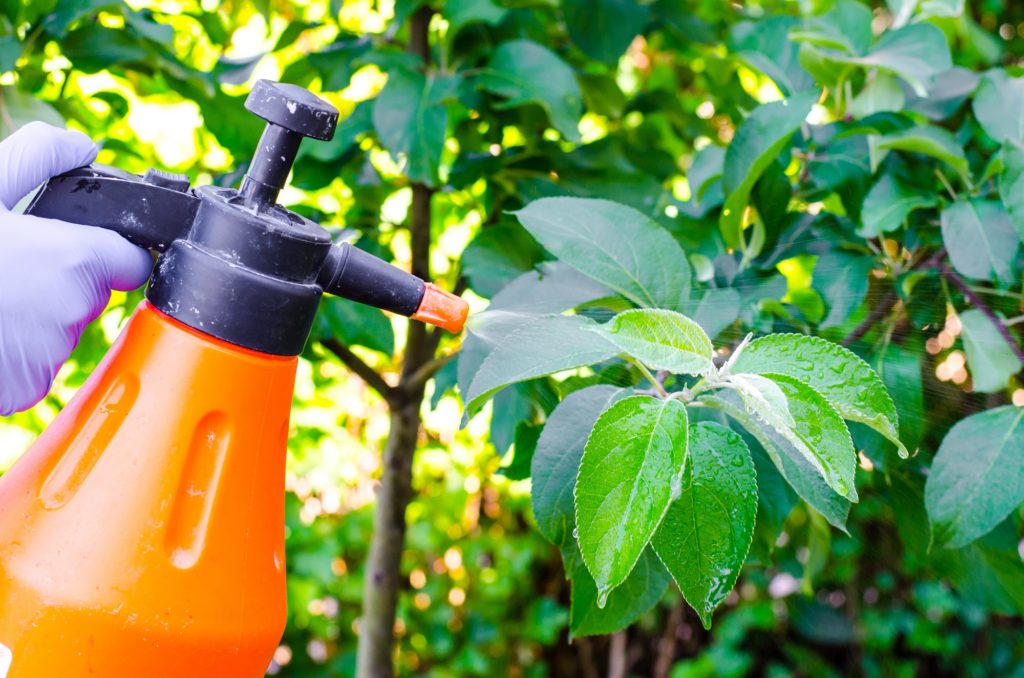How To Fertilize Citrus Trees
Fertilizing is the process of replenishing nutrients that have been absorbed from the soil into the growing tree. In short, when you fertilize your citrus tree, you are feeding it. The process of fertilizing citrus trees is the same for all varieties.
The Best Fertilizer For Citrus Trees
When you fertilize your planted Mexican Lime, or your potted lemon tree, you should use a specialized citrus fertilizer. Fertilizers that are formulated for citrus contain micronutrients and minerals that citrus trees need to grow and produce fruit so you can get plenty of tasty tangerines, or delicious honeybell orange juice.
Always apply citrus fertilizer according to the directions on the fertilizer package. If you are unable to find a citrus-specific fertilizer, use a complete acid-type fertilizer such as azalea food. Avoid using fertilizers formulated for turf or lawn grass, because these contain higher percentages of nitrogen that will grow glorious green trees, but far less blooms and fruit.
Pesticides and Fungicides: Proper Citrus Tree Spraying
Controlling Pests
Citrus trees grow delicious and nutritious food in the form of oranges, grapefruit, and lemons. But tasty fruit for people is not the only nutrition a citrus tree can provide. Citrus trees can also provide potential food and shelter for an array of pests including chewing insects, sap-sucking insects, and creeping fungi. This article describes some of the general options available for treating your citrus trees for such pests, how to apply the products, and what to know in order to stay safe while doing so.
Horticultural Oils and How They Work
The first line of defense for citrus is often horticultural oils. Growers value horticultural oils because they can function as both pesticide and fungicide. Horticultural oils are made from vegetable oils, neem oil, or refined petroleum products. They are sprayed on trees, both under and on the surface of leaves, on trunks, branches and twigs. Some horticultural oils work by adhering to insects through oil cohesion and thereby destroying them through suffocation. Other horticultural oils, such as neem oil, have the ability to prevent insects from feeding, while also interrupting the egg-laying process. Horticultural oils can stop the growth of fungi by preventing access to moisture and air.
How to Apply Horticultural Oils
In commercial groves, horticultural oils are applied with large sprayers that are driven along the rows of trees and spray in a powerful fan pattern, covering entire trees from top to bottom. Home growers should use a pressurized pump or electric sprayer to do the job. Be sure to spray the trunk, branches, and leaves on both the top and bottom sides. Spraying under the leaves is important, because it is a location that harbors many types of insects and fungi. Be sure the oil spray you are using is safe for leaf applications.
Combination Sprays
Home supply stores and gardening centers offer combination sprays for citrus and other fruiting trees that blend both fungicides and pesticides in a single product. These are convenient for the obvious reason that they require only a single application to accomplish two objectives. Products such as these are fine to use when your tree is growing only foliage or new green growth. However, it may be damaging to spray some oils or pesticides directly on new blossoms, because it might deter pollinating insects, or damage the blooms themselves. Also, you may wish to spray a fungicide to control something like sooty mold, but not a pesticide on nearly ripe fruit. Combination sprays are best reserved for times when you are simply spraying the tree to control general pests and fungi on green growth. At the same time, the strength of the ingredients in a combination spray can be less than that of sprays intended for a specific pest. In cases of more severe pest activity, you may want to specifically target the offending creature or fungus with a product designed to stop it quickly.
Safety and Application Tips
Since some pesticides can harm beneficial insect such as bees, it is best to apply them when trees are not in bloom. Spray pesticides at night or early dawn when insect activity is at its slowest point. Always keep chemicals in a designated and secure location away from pets and children. Never store pesticides above or near food. When applying pesticides and fungicides, wear adequate eye protection such as safety glasses, a respirator, and gloves. Lingering chemical or oil residue can clog small parts and damage sprayers. When you have finished applying the pesticide or fungicide, be sure to immediately clean, rinse, and air-dry your spraying equipment.


